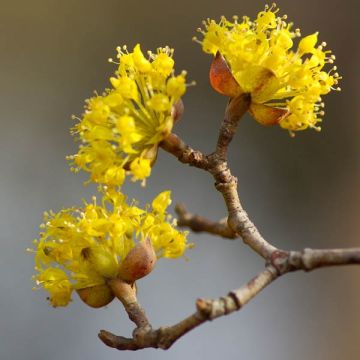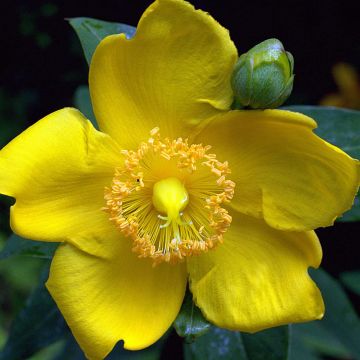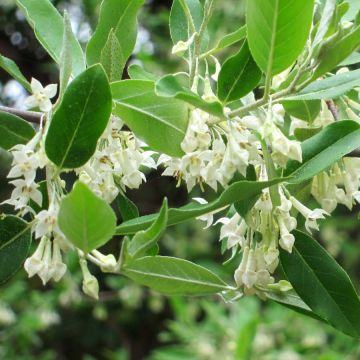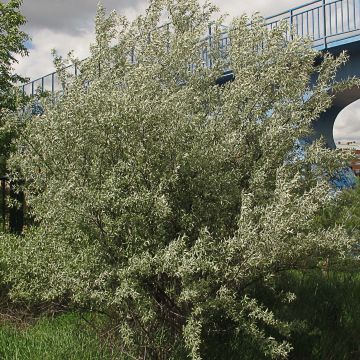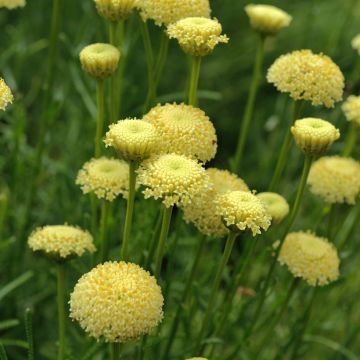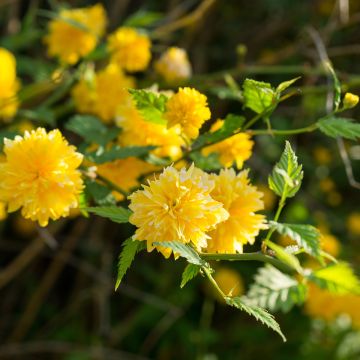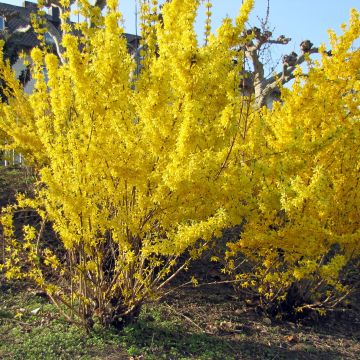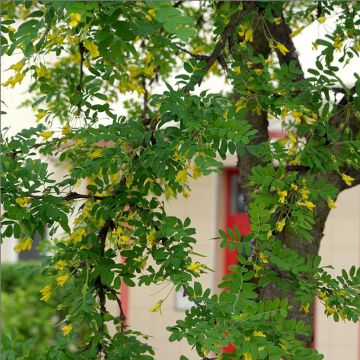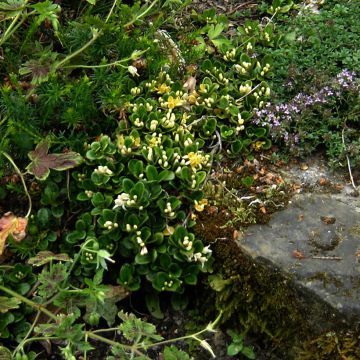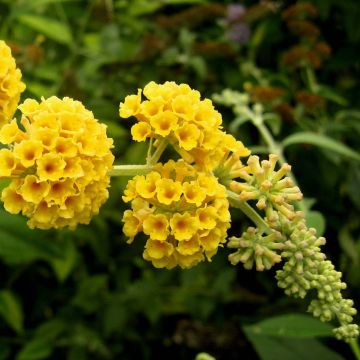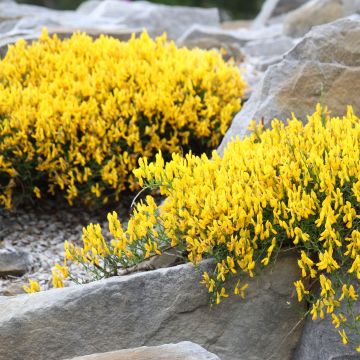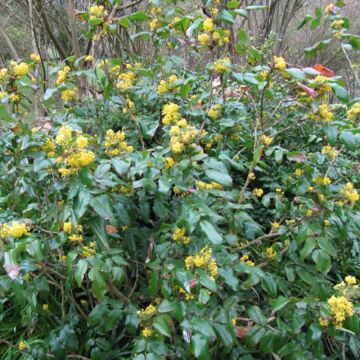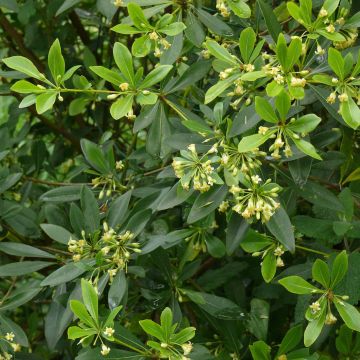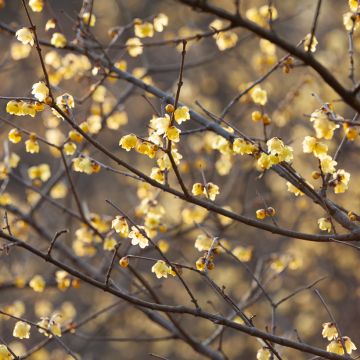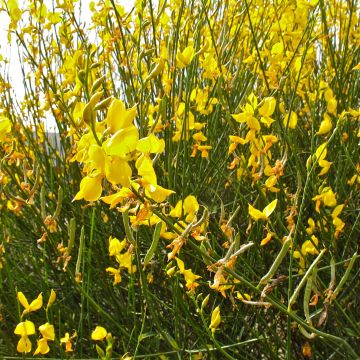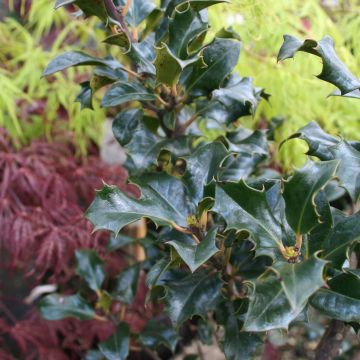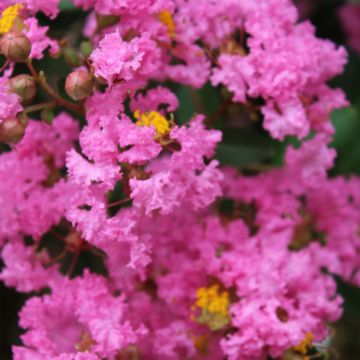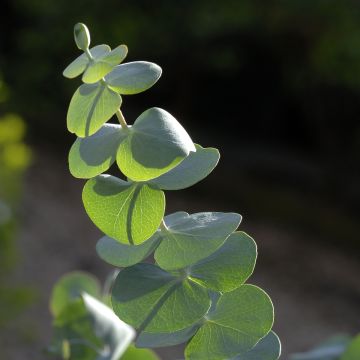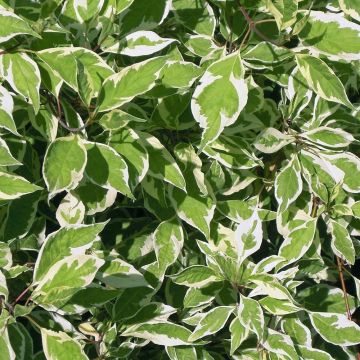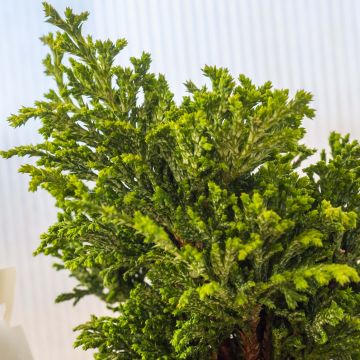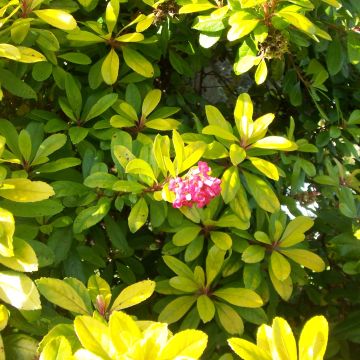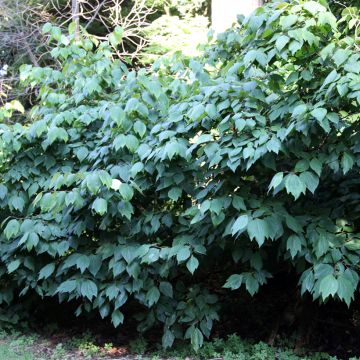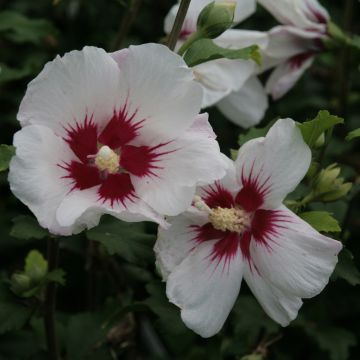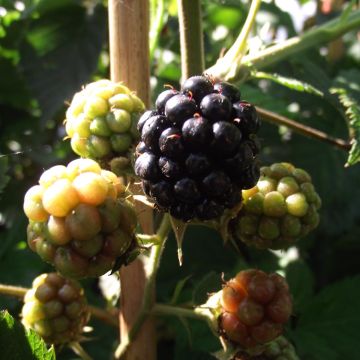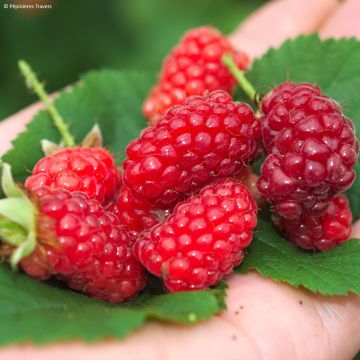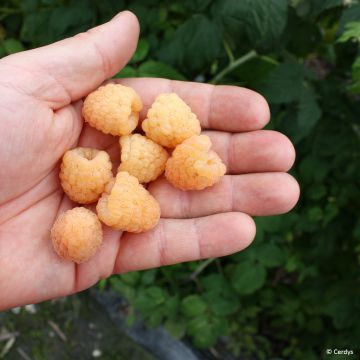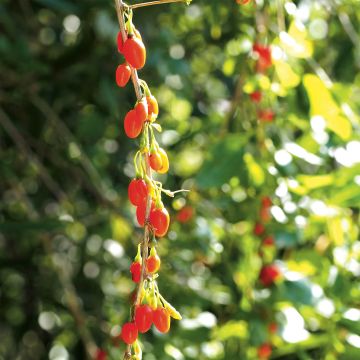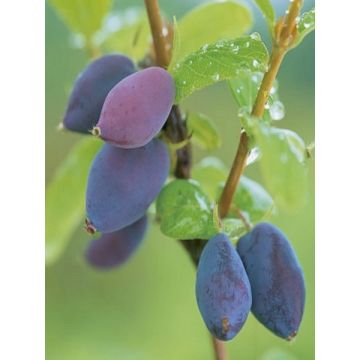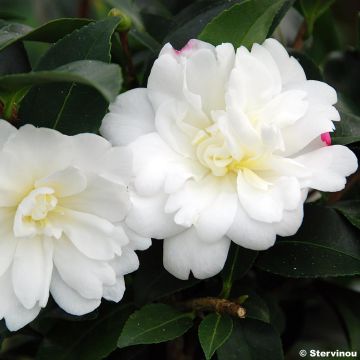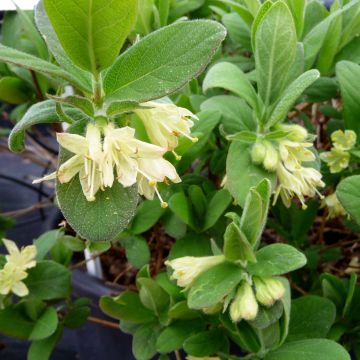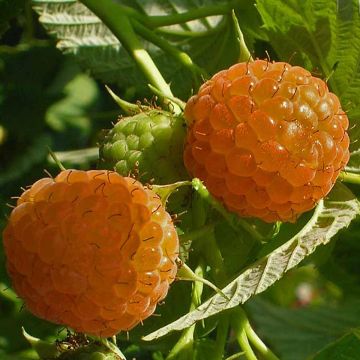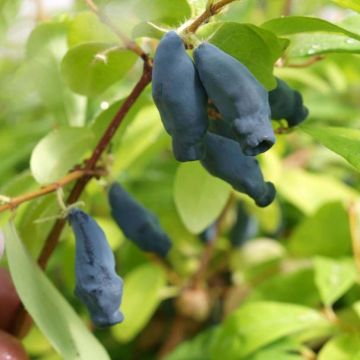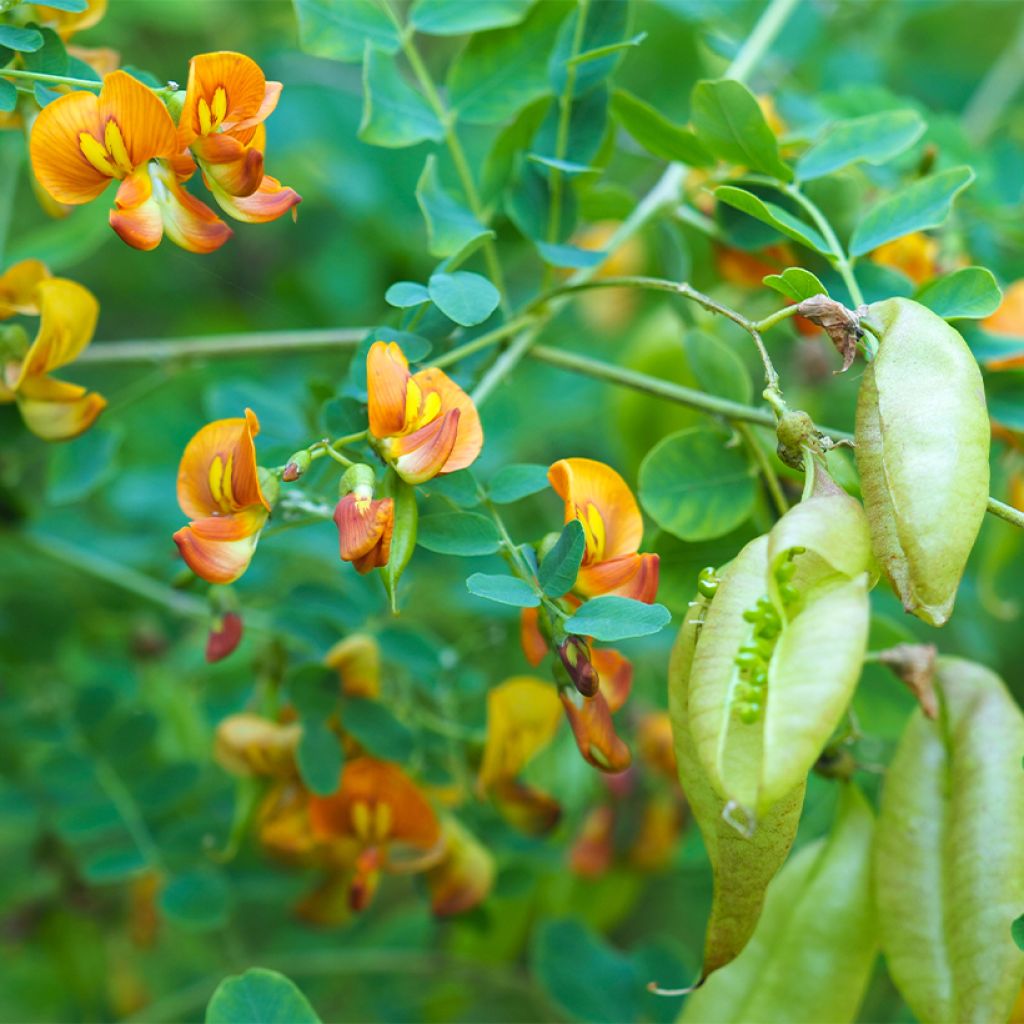

Colutea arborescens
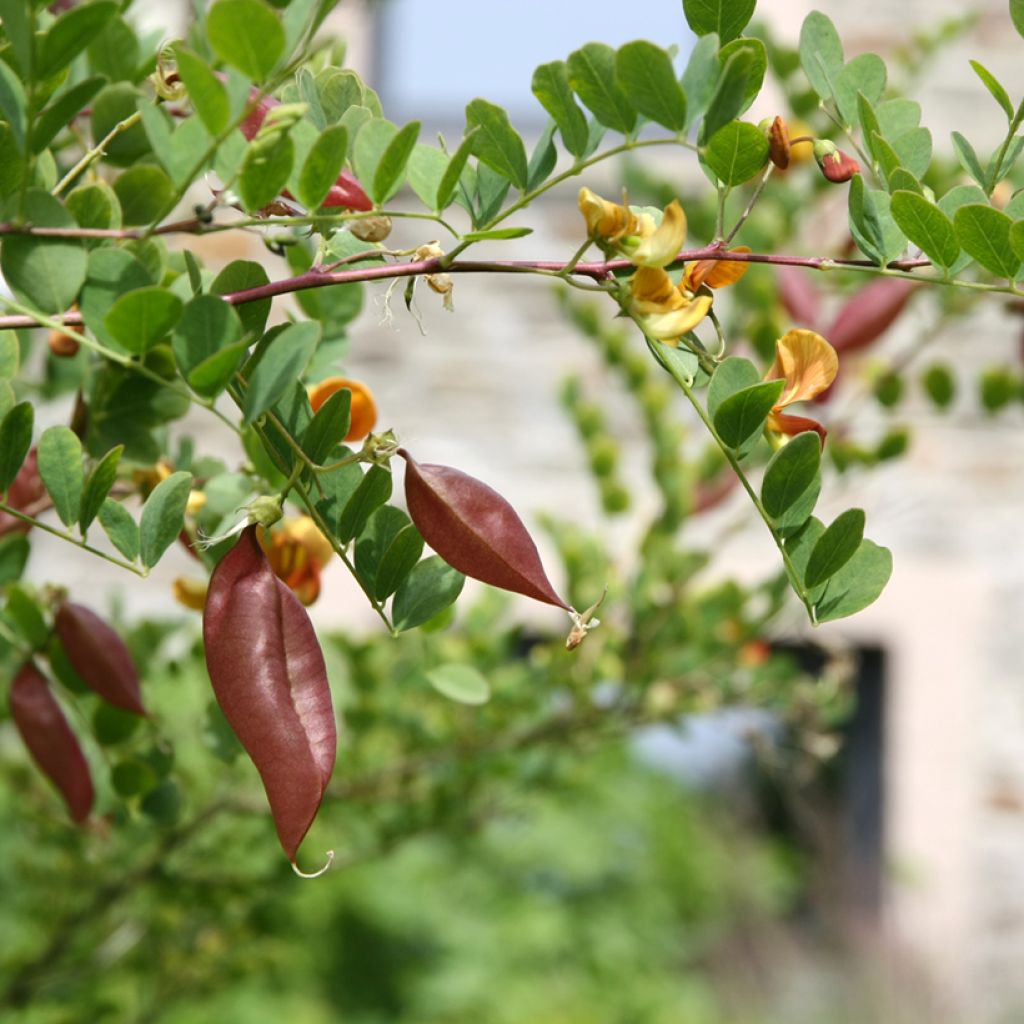

Colutea arborescens
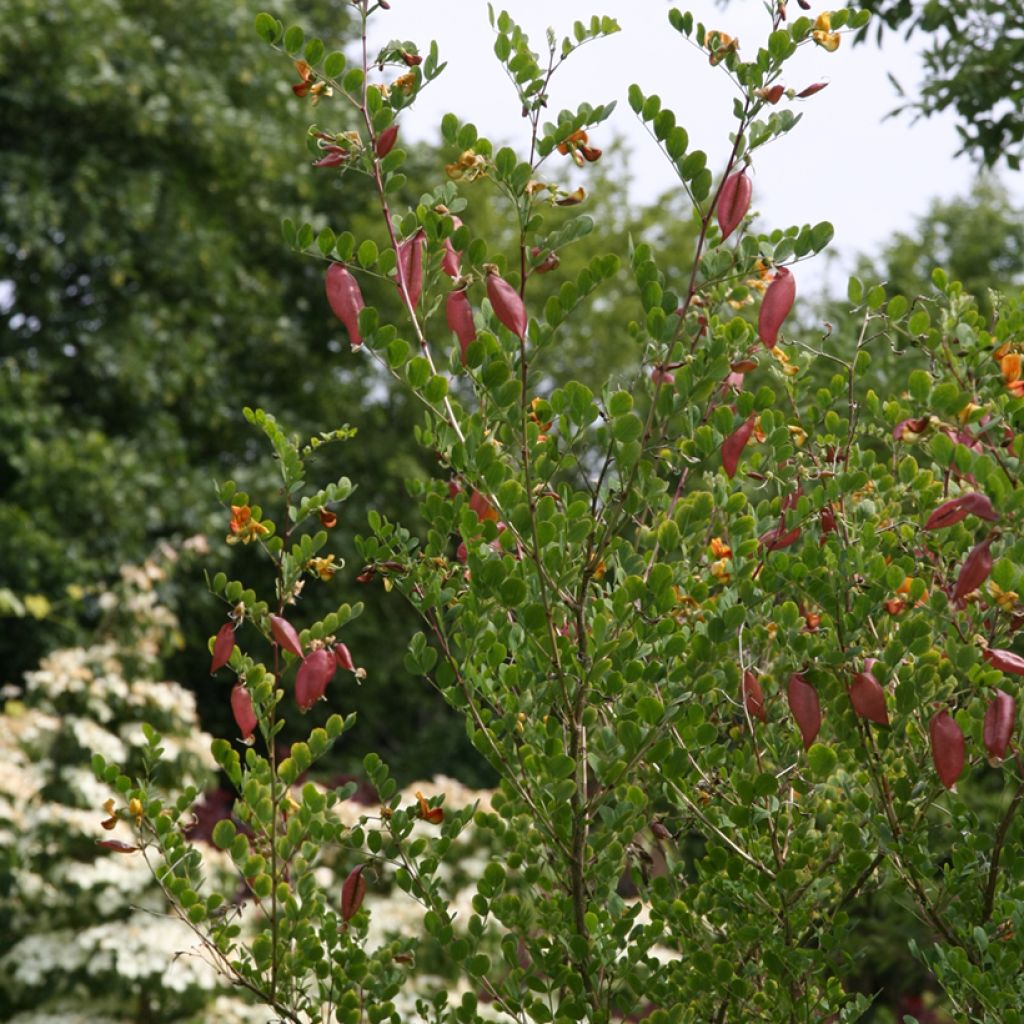

Colutea arborescens
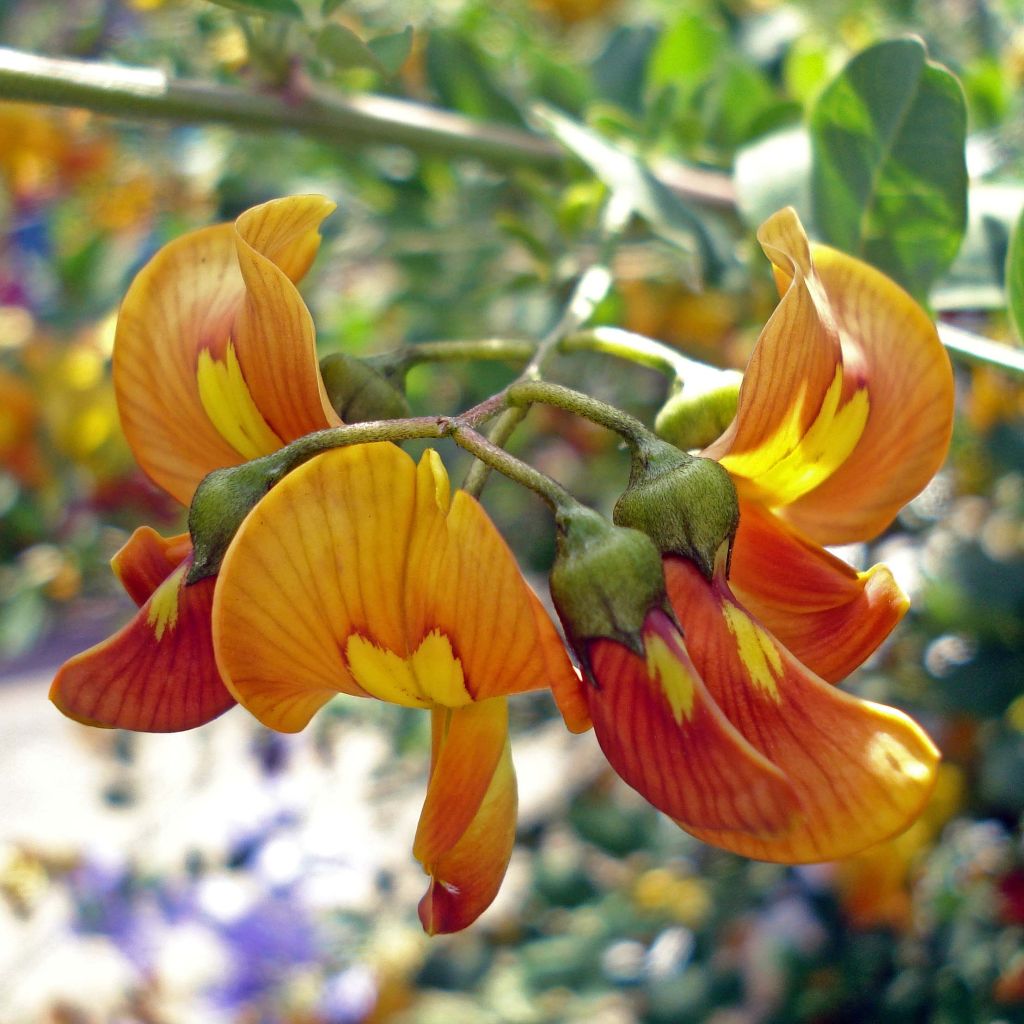

Colutea arborescens
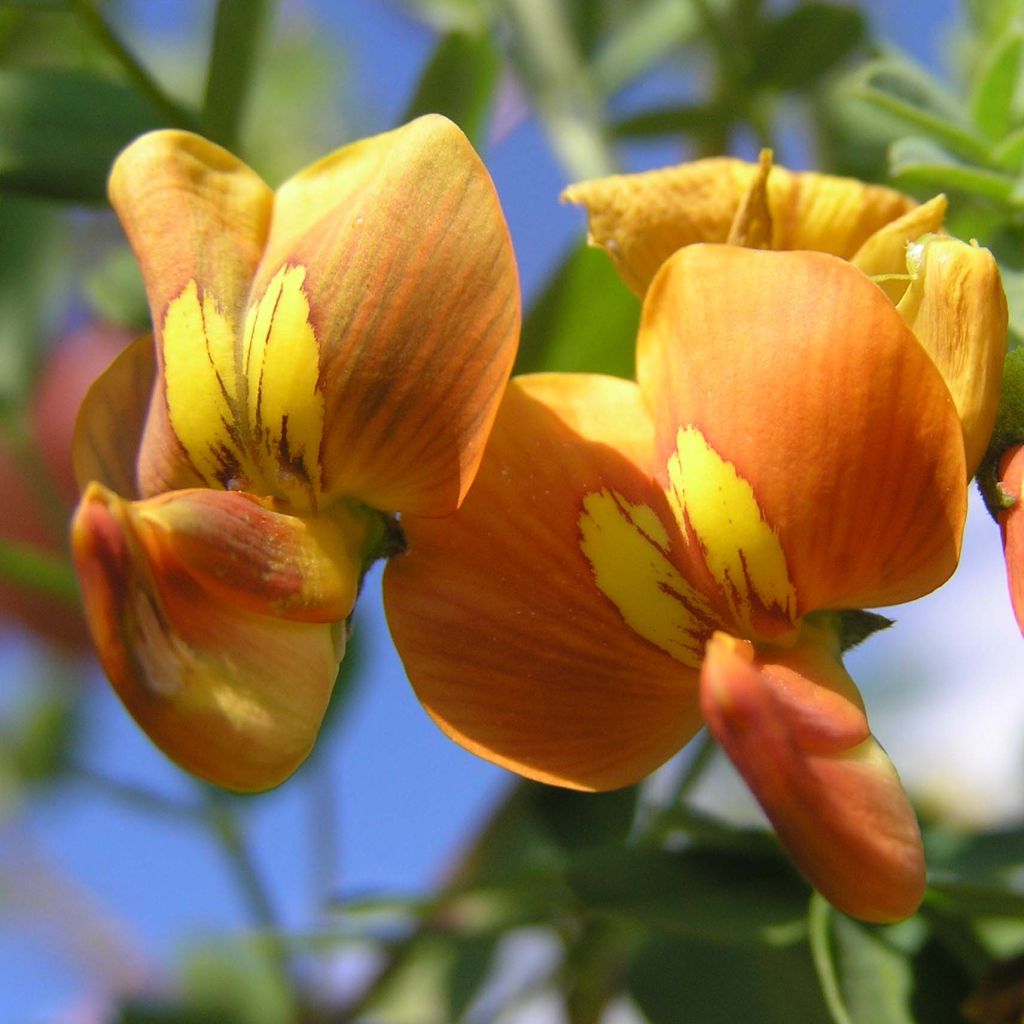

Colutea arborescens
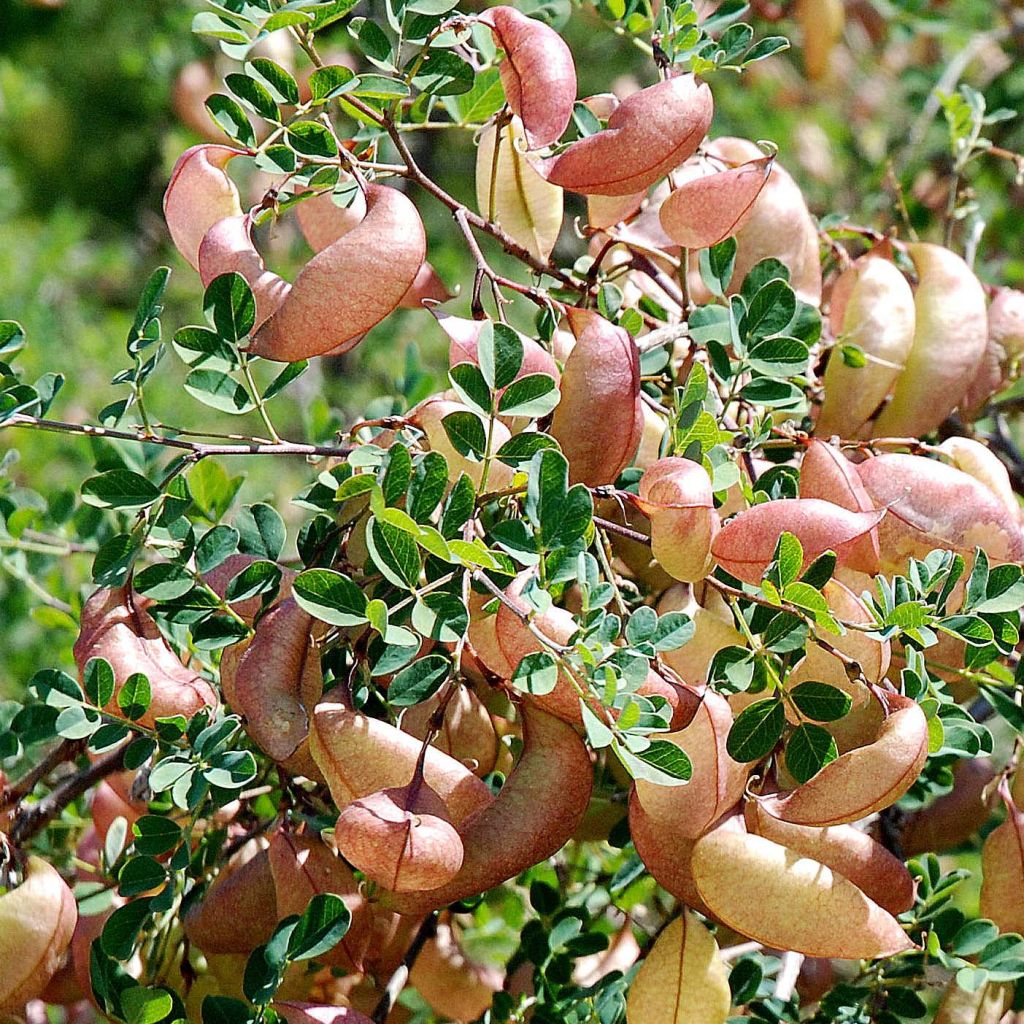

Colutea arborescens
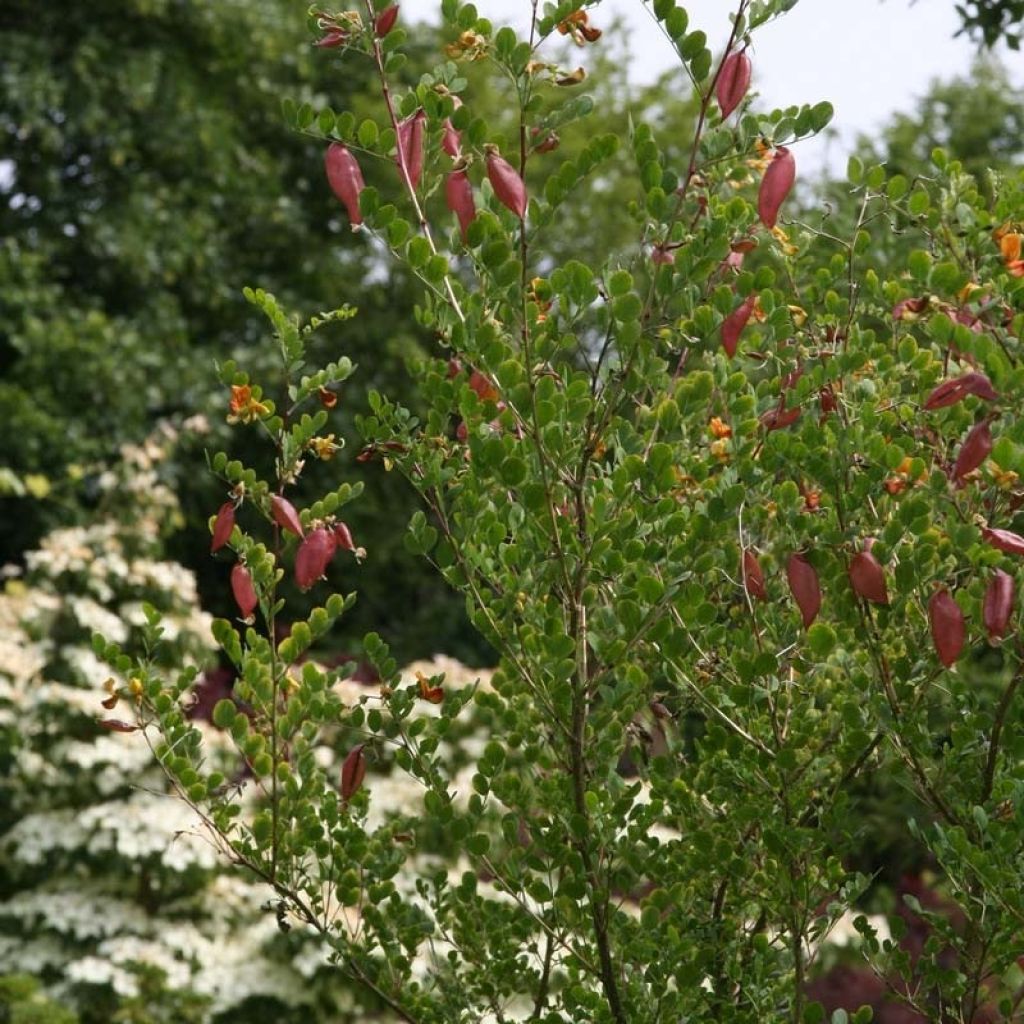

Colutea arborescens
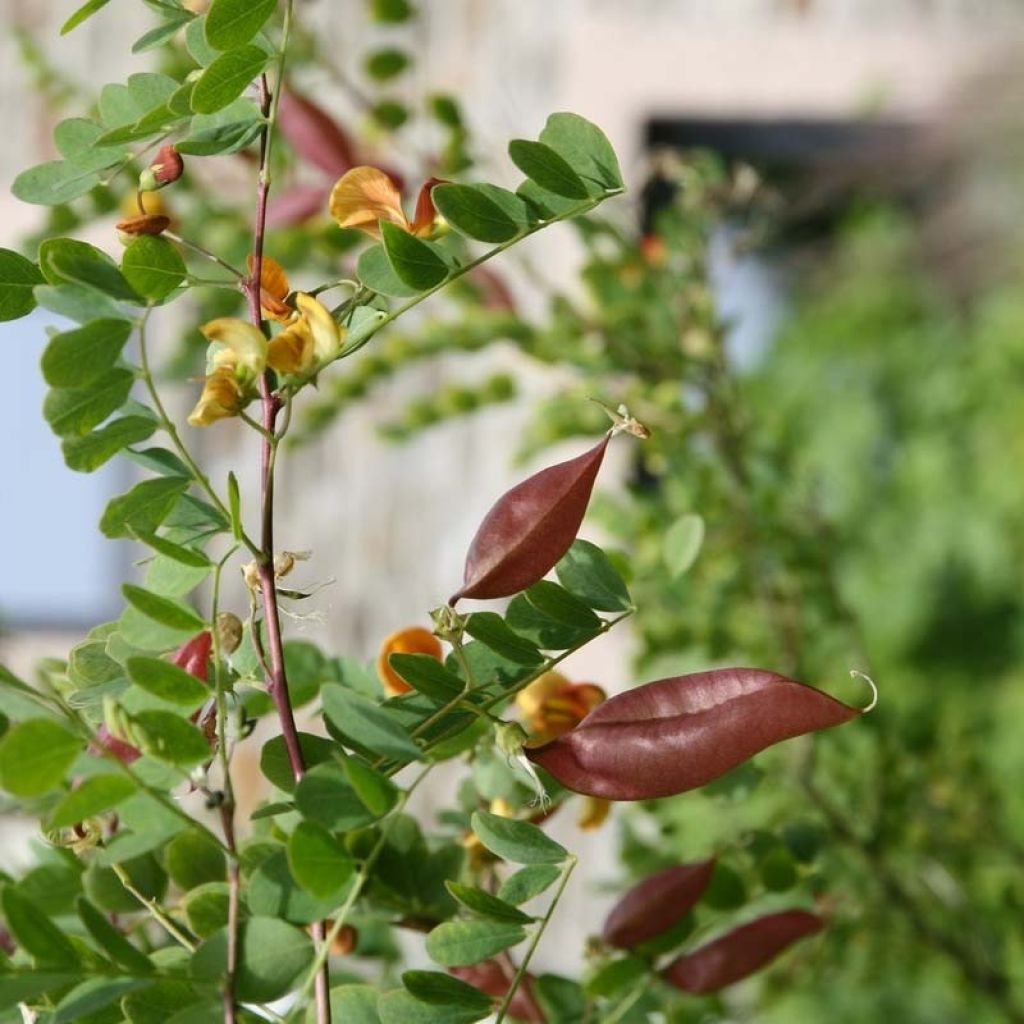

Colutea arborescens
Colutea arborescens
Colutea arborescens
Common bladder senna
Why not try an alternative variety in stock?
View all →This plant carries a 24 months recovery warranty
More information
We guarantee the quality of our plants for a full growing cycle, and will replace at our expense any plant that fails to recover under normal climatic and planting conditions.
From €5.90 for pickup delivery and €6.90 for home delivery
Express home delivery from €8.90.
From €5.90 for pickup delivery and €6.90 for home delivery
Express home delivery from €8.90.
Does this plant fit my garden?
Set up your Plantfit profile →
Description
Colutea arborescens, cousin of Tree Medick, flowers in spring, in the form of clusters of papilionaceous flowers of a somewhat dull yellow, speckled with brown. The peculiar appearance of the fruit gives it the name "bladder senna". While not particularly spectacular, this deciduous bush is robust and easy to grow in any well-drained, even poor, limestone and stony soil. It suits a dry garden and enjoys the company of other scrubland plants.
Colutea arborescens belongs to the Fabaceae (Leguminosae) family, and is native to southern Europe and North Africa. It grows quickly, and its adult size will reach on average 2 m (6.6 ft) in height, with a spread of 1 m (3.3 ft). Its habit is bushy, erect, well-branched during its early years, then it becomes bare at the base and forms a small trunk supporting a bushy crown.
Its branches bear deciduous leaves divided into 7 to 13 oval or elliptical leaflets. They are strongly veined, glabrous, and of a bright green colour. Its flowering takes place in summer. The inflorescences are like small bouquets of papilionaceous flowers (up to 5 flowers) born in the axils of the leaves. They are yellow in colour, marked with 2 brown-ringed spots at the base, and attract pollinating insects. This flowering is followed by the formation of translucent and swollen pods, 5 cm to 7 cm (2 in to 2.8 in) long, changing from greenish-yellow to brown-red when ripe. Its root system is equipped with nitrogen-fixing nodules present in the air. These are small balls the size of a pinhead, which are often found in plants of the Fabaceae family. This is an adaptation to very poor soils. Another specificity of this bush lies in the fact that it naturally layers quite frequently. It is the only plant whose fruits play host to the caterpillars of a very pretty blue butterfly called Blue Argus or Giant Blue (Iolana iolas).
Colutea arborescens has the advantage of thriving in difficult conditions, including severe frosts. It remains attractive throughout the summer. It is valuable for gardens where the soil lacks depth. It can be planted in a small hedge (less than 2 m (3.3 ft)) alongside Coronilla glauca, Cotinus, Juniperus oxycedrus, Lonicera tartarica, Phillyrea angustifolia, or even Pistacia lentiscus (in mild climates). All these low-maintenance bushes are perfect for bringing a little life to tricky areas of the garden. You can plant small shrubs around its base, for example, Alypum Globularia, which flowers in winter, low cistus (Cistus pulverulentus), helianthemums or shrubby perennials with summer flowering like Salvia microphylla, S. greigii or S. jamensis with red flowers (Royal Bumble, Red Dream, Raspberry Royal) or blue like Salvia 'Blue Armour' or S. chamaedryoides, which will take over in summer.
Report an error about the product description
Colutea arborescens in pictures
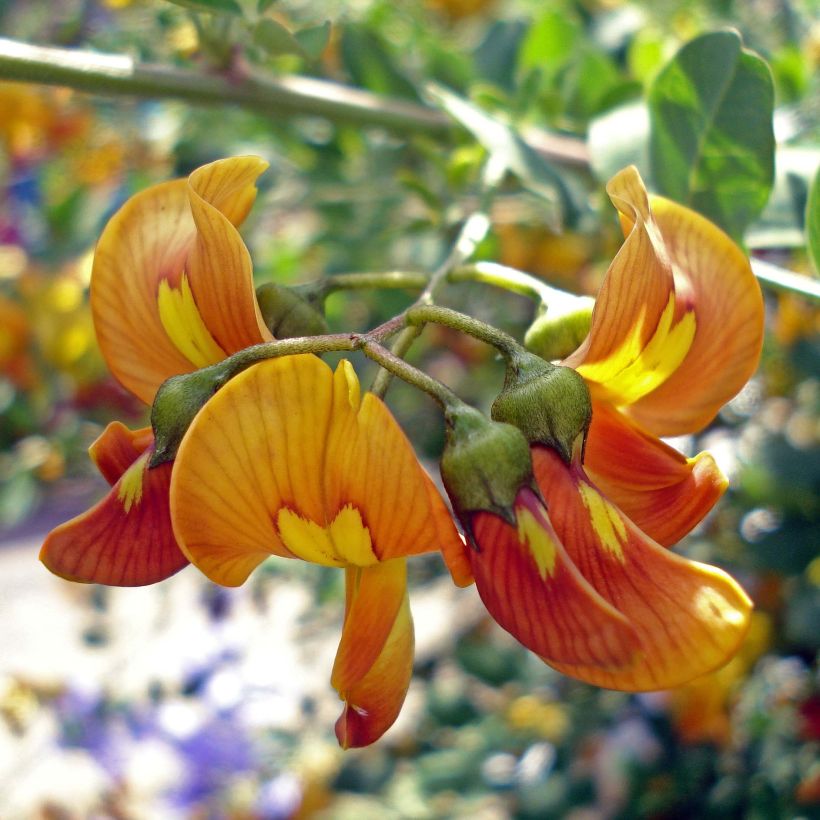

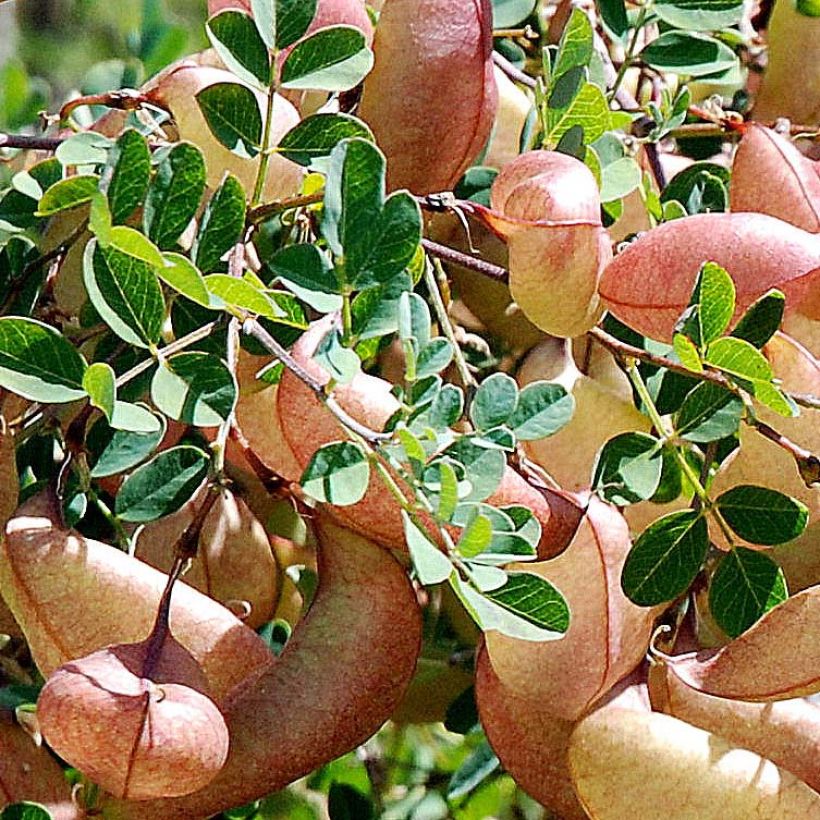

Plant habit
Flowering
Foliage
Botanical data
Colutea
arborescens
Fabaceae
Common bladder senna
Mediterranean
Other Shrubs A to Z
Planting and care
Choose a very sunny exposure. Plant it in well-prepared, deeply loosened soil. If your soil tends to be heavy and clayey, dig a 60 cm (23.6 in) hole and fill with a mixture of garden soil, coarse sand or gravel, and leaf compost. This bush tolerates limestone in the soil and is satisfied with rainwater once it is well established. During the first two summers, especially in hot and dry regions, monitor watering, which should be plentiful but spaced out. It is not demanding in terms of soil, but prefers well-drained or rocky soils. It will withstand strong frosts below -15° C (5° F) once established. Avoid pruning this bush, as it may wither inexplicably. Similarly, avoid moving it, as transplants of this plant family (legumes) are often difficult due to their deep root system. Long-term container cultivation is not recommended. However, it can be considered in a large container filled with compost and sand, which should be enriched every year. In pots, watering should be more abundant.
This bush has few enemies in open ground, except for excessively wet soils, which can harm its roots. A soil that is too fertile, as is often the case with legumes, will favour foliage development at the expense of flowering.
Propagate by sowing seeds primarily in autumn, as propagating this plant family (legumes) by cuttings is very difficult. The seeds should be treated with hot water before sowing: pour boiling water over the seeds, then let them swell overnight. Another technique is to scarify them (rub them between two pieces of sandpaper to pierce their very hard seed coat) before immersing them in hot water.
Planting period
Intended location
Care
-
, onOrder confirmed
Reply from on Promesse de fleurs
Hedge shrubs
Haven't found what you were looking for?
Hardiness is the lowest winter temperature a plant can endure without suffering serious damage or even dying. However, hardiness is affected by location (a sheltered area, such as a patio), protection (winter cover) and soil type (hardiness is improved by well-drained soil).

Photo Sharing Terms & Conditions
In order to encourage gardeners to interact and share their experiences, Promesse de fleurs offers various media enabling content to be uploaded onto its Site - in particular via the ‘Photo sharing’ module.
The User agrees to refrain from:
- Posting any content that is illegal, prejudicial, insulting, racist, inciteful to hatred, revisionist, contrary to public decency, that infringes on privacy or on the privacy rights of third parties, in particular the publicity rights of persons and goods, intellectual property rights, or the right to privacy.
- Submitting content on behalf of a third party;
- Impersonate the identity of a third party and/or publish any personal information about a third party;
In general, the User undertakes to refrain from any unethical behaviour.
All Content (in particular text, comments, files, images, photos, videos, creative works, etc.), which may be subject to property or intellectual property rights, image or other private rights, shall remain the property of the User, subject to the limited rights granted by the terms of the licence granted by Promesse de fleurs as stated below. Users are at liberty to publish or not to publish such Content on the Site, notably via the ‘Photo Sharing’ facility, and accept that this Content shall be made public and freely accessible, notably on the Internet.
Users further acknowledge, undertake to have ,and guarantee that they hold all necessary rights and permissions to publish such material on the Site, in particular with regard to the legislation in force pertaining to any privacy, property, intellectual property, image, or contractual rights, or rights of any other nature. By publishing such Content on the Site, Users acknowledge accepting full liability as publishers of the Content within the meaning of the law, and grant Promesse de fleurs, free of charge, an inclusive, worldwide licence for the said Content for the entire duration of its publication, including all reproduction, representation, up/downloading, displaying, performing, transmission, and storage rights.
Users also grant permission for their name to be linked to the Content and accept that this link may not always be made available.
By engaging in posting material, Users consent to their Content becoming automatically accessible on the Internet, in particular on other sites and/or blogs and/or web pages of the Promesse de fleurs site, including in particular social pages and the Promesse de fleurs catalogue.
Users may secure the removal of entrusted content free of charge by issuing a simple request via our contact form.
The flowering period indicated on our website applies to countries and regions located in USDA zone 8 (France, the United Kingdom, Ireland, the Netherlands, etc.)
It will vary according to where you live:
- In zones 9 to 10 (Italy, Spain, Greece, etc.), flowering will occur about 2 to 4 weeks earlier.
- In zones 6 to 7 (Germany, Poland, Slovenia, and lower mountainous regions), flowering will be delayed by 2 to 3 weeks.
- In zone 5 (Central Europe, Scandinavia), blooming will be delayed by 3 to 5 weeks.
In temperate climates, pruning of spring-flowering shrubs (forsythia, spireas, etc.) should be done just after flowering.
Pruning of summer-flowering shrubs (Indian Lilac, Perovskia, etc.) can be done in winter or spring.
In cold regions as well as with frost-sensitive plants, avoid pruning too early when severe frosts may still occur.
The planting period indicated on our website applies to countries and regions located in USDA zone 8 (France, United Kingdom, Ireland, Netherlands).
It will vary according to where you live:
- In Mediterranean zones (Marseille, Madrid, Milan, etc.), autumn and winter are the best planting periods.
- In continental zones (Strasbourg, Munich, Vienna, etc.), delay planting by 2 to 3 weeks in spring and bring it forward by 2 to 4 weeks in autumn.
- In mountainous regions (the Alps, Pyrenees, Carpathians, etc.), it is best to plant in late spring (May-June) or late summer (August-September).
The harvesting period indicated on our website applies to countries and regions in USDA zone 8 (France, England, Ireland, the Netherlands).
In colder areas (Scandinavia, Poland, Austria...) fruit and vegetable harvests are likely to be delayed by 3-4 weeks.
In warmer areas (Italy, Spain, Greece, etc.), harvesting will probably take place earlier, depending on weather conditions.
The sowing periods indicated on our website apply to countries and regions within USDA Zone 8 (France, UK, Ireland, Netherlands).
In colder areas (Scandinavia, Poland, Austria...), delay any outdoor sowing by 3-4 weeks, or sow under glass.
In warmer climes (Italy, Spain, Greece, etc.), bring outdoor sowing forward by a few weeks.

































